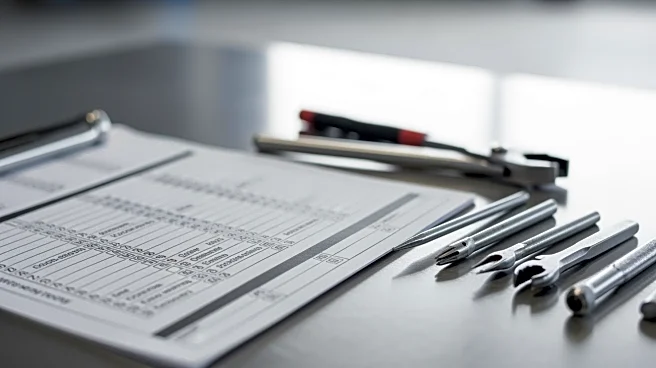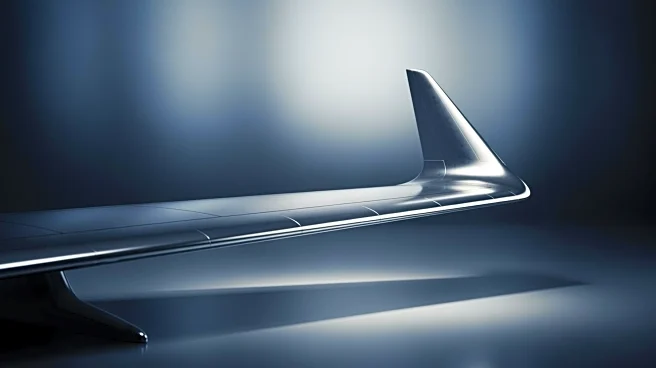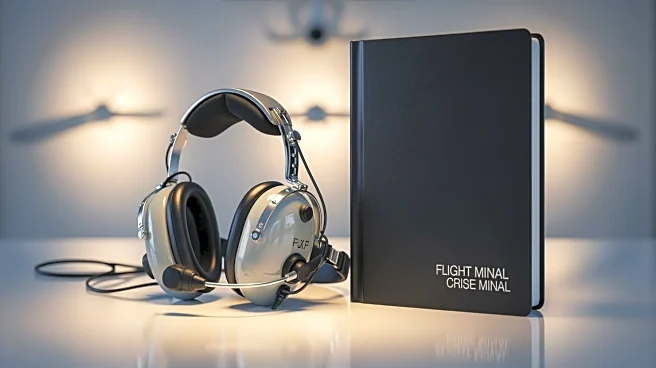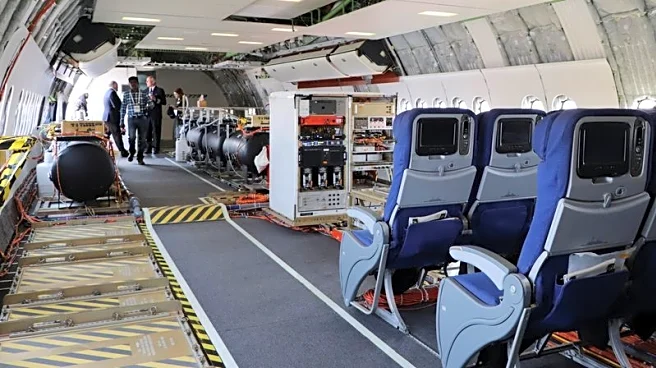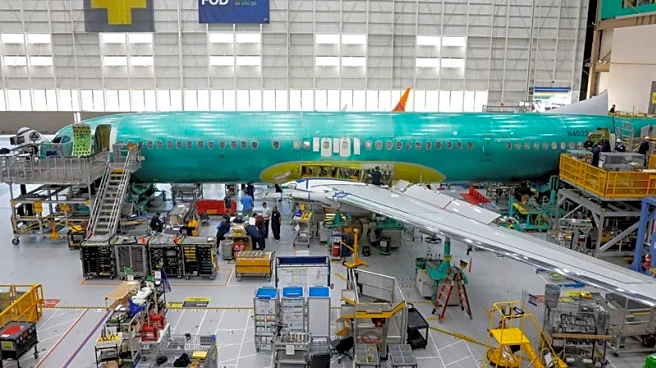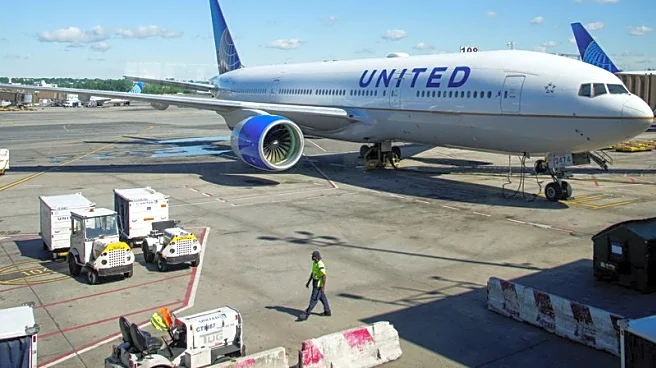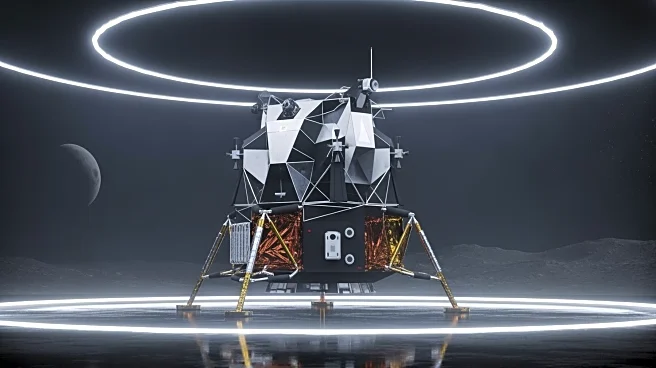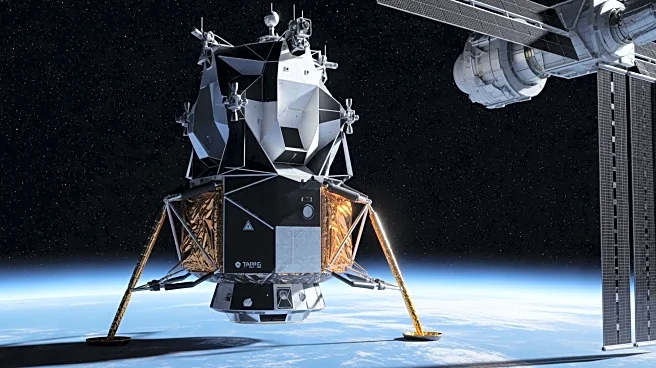What's Happening?
The National Transportation Safety Board (NTSB) has released a report identifying maintenance errors as the cause of an American Airlines 737-800 overrun at Dallas-Fort Worth International Airport in February
2024. The incident occurred when Flight 1632 landed and the autobrakes, which were armed for landing, deactivated unexpectedly. The pilots had to rely on manual braking and thrust reversers to stop the aircraft, which eventually came to a halt on the runway's paved overrun area. All passengers and crew evacuated safely, with no injuries reported. The investigation revealed that hydraulic hoses and electrical connectors were improperly reconnected during a brake system upgrade, leading to incorrect brake pressure distribution and skidding.
Why It's Important?
This incident highlights the critical importance of proper maintenance procedures in aviation safety. The errors in reconnecting hydraulic hoses and electrical connectors could have led to a catastrophic accident, underscoring the need for stringent checks and balances in aircraft maintenance. The findings have prompted American Airlines and Boeing to revise maintenance instructions and implement additional tests to prevent similar occurrences. This case serves as a reminder of the potential consequences of human error in high-stakes environments and the ongoing need for vigilance in safety protocols.
What's Next?
American Airlines has inspected its fleet of 300 737NGs for similar anomalies and found none. Boeing has issued new service bulletins to address the identified issues and integrate preventative measures. The NTSB continues to investigate other occurrences linked to transducer cross-wiring on both Boeing and Airbus aircraft, aiming to prevent future incidents. The aviation industry may see further regulatory changes to enhance maintenance standards and ensure passenger safety.
Beyond the Headlines
The incident raises questions about the adequacy of current training and oversight in aircraft maintenance. It may lead to discussions on improving the certification processes for maintenance personnel and the implementation of more advanced diagnostic tools to detect errors before they result in safety hazards. The aviation industry must balance technological advancements with human factors to maintain safety standards.
